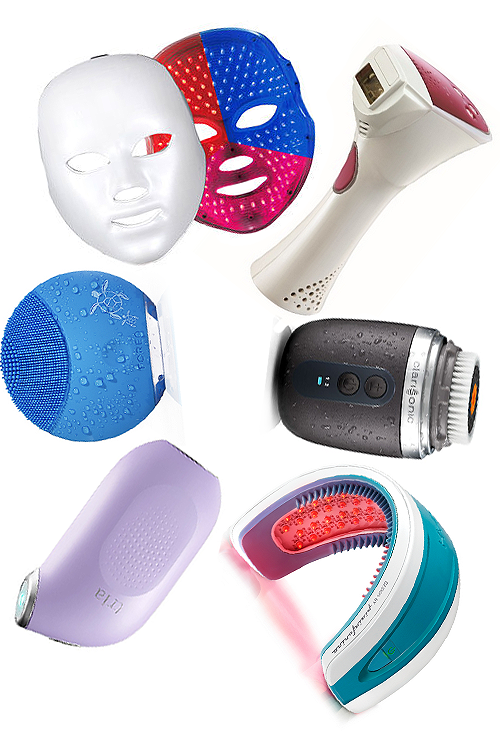The market for at-home beauty devices continues to deliver as sales increase by 11.5% in 2015 to reach nearly $2 billion at the manufacturers’ level, according to Kline’s recently released Beauty Devices: Global Market Analysis and Opportunities report. That strong growth is also slated for 2016 as well.
What’s contributing to this fantastic growth? Below are the top 10 factors driving the markets around the globe.
- Growth outside of the United States is really heating up as Europe and most of the markets in Asia outpace the global growth rate. Both local players and regional ones are starting to hit their stride with careful attention being given to different marketing components.
- While direct sales is the leading channel in all the markets we report on, accounting for nearly 50% of sales, the distribution of products varies greatly from country to country. For example, electronics shops are an important venue in Japan while prestige distribution outlets, such as Douglas, SpaceNK, and Harrods, among others, experience the highest growth in Europe.
- Buzz created online through social media, consumer/influencer reviews, and digital campaigns remains a key component of consumers’ education and growing interest in purchasing beauty devices globally.
- Particularly in Asia, local brands represent sustainable competition to multinationals. Local companies such as Eyesel Creative and Pobling are filling the void in the mass-market segment. While multinational brands account for nearly 50% of total global sales, local marketers like Lotts and MTG are delivering the strongest growth in Japan and South Korea.
- The three leading skin care concerns—cleansing, hair removal, and anti-aging—account for over 80% of total market sales. Globally, cleansing devices are at the forefront, accounting for roughly one-third of total sales. In the number two and three spots are hair removal and anti-aging devices, respectively. The new products emerging across all skin care concerns are definitely worth watching.
- Cleansing remains the largest segment in 2015 and continues to grow in the double digits, supported by new cleansing devices specifically for men, limited edition devices, steamers in Asia, and multi-benefit devices that cleanse as well as help reverse the signs of aging.
- The hair regrowth segment grows the strongest at 21% in 2015, supported by new launches in Europe and the United States. The market in Asia has great potential as there are currently very few competitors in the space.
- The anti-aging segment delivers strong growth in the Asian markets powered by new technology and multi-functional products. Price points can be astonishingly high; for example, the LED Face mask from Deesse retails for over $1,000!
- In all regions, but especially Asia, the use of celebrities as brand ambassadors for business events, social media, or TV advertisements boosts the interest of new consumers to the world of at-home beauty devices.
- New mini devices continue to be launched in the United States and Europe in 2015 due to their advantage of being travel size. Minis can be found representing all the various skin care concerns from hair removal to helping with fine lines around the eye area.
Kline’s Beauty Devices: Global Market Analysis and Opportunities has been running for 5 consecutive years and was the first to assess the market for power-operated skin care products for home use. The report covers at-home beauty devices sold to consumers through all channels of distribution and includes market size and growth statistics, key changes in distribution, the competitive landscape, important new launches, and product trends. As we are soon launching the new edition, stay tuned for what is in store for 2016!

